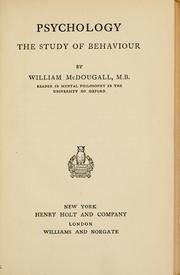
Photo from academic.microsoft.com
Can neurosciences explain art? No, but it can help us to understand why some images are more memorable and, thus, more successful than others. This article aims to identify certain… Click to show full abstract
Can neurosciences explain art? No, but it can help us to understand why some images are more memorable and, thus, more successful than others. This article aims to identify certain factors that may influence the artistic success of photographic images. These factors are discussed within the contexts of basic neuropsychological concepts, visual perception, and visual memory. A new computational and neuroscientifically based model, the predictive coding theory, provides a powerful framework for integrating social and individual factors that influence aesthetic experience and activity. A case study of Dorothea Lange's iconic photograph Migrant Mother demonstrates the importance of identifiable factors that influence and determine a photograph's potential success. We are convinced that a future systemic approach will enable the complementary integration of neuroscientific, perceptual, cognitive, emotional, and sociopsychological insights through the framework of predictive coding theory with socioscientific, art-theoretical, and art-historical as well as neuro- and behavioral-economical models.
Journal Title: PsyCh journal
Year Published: 2020
Link to full text (if available)
Share on Social Media: Sign Up to like & get
recommendations!